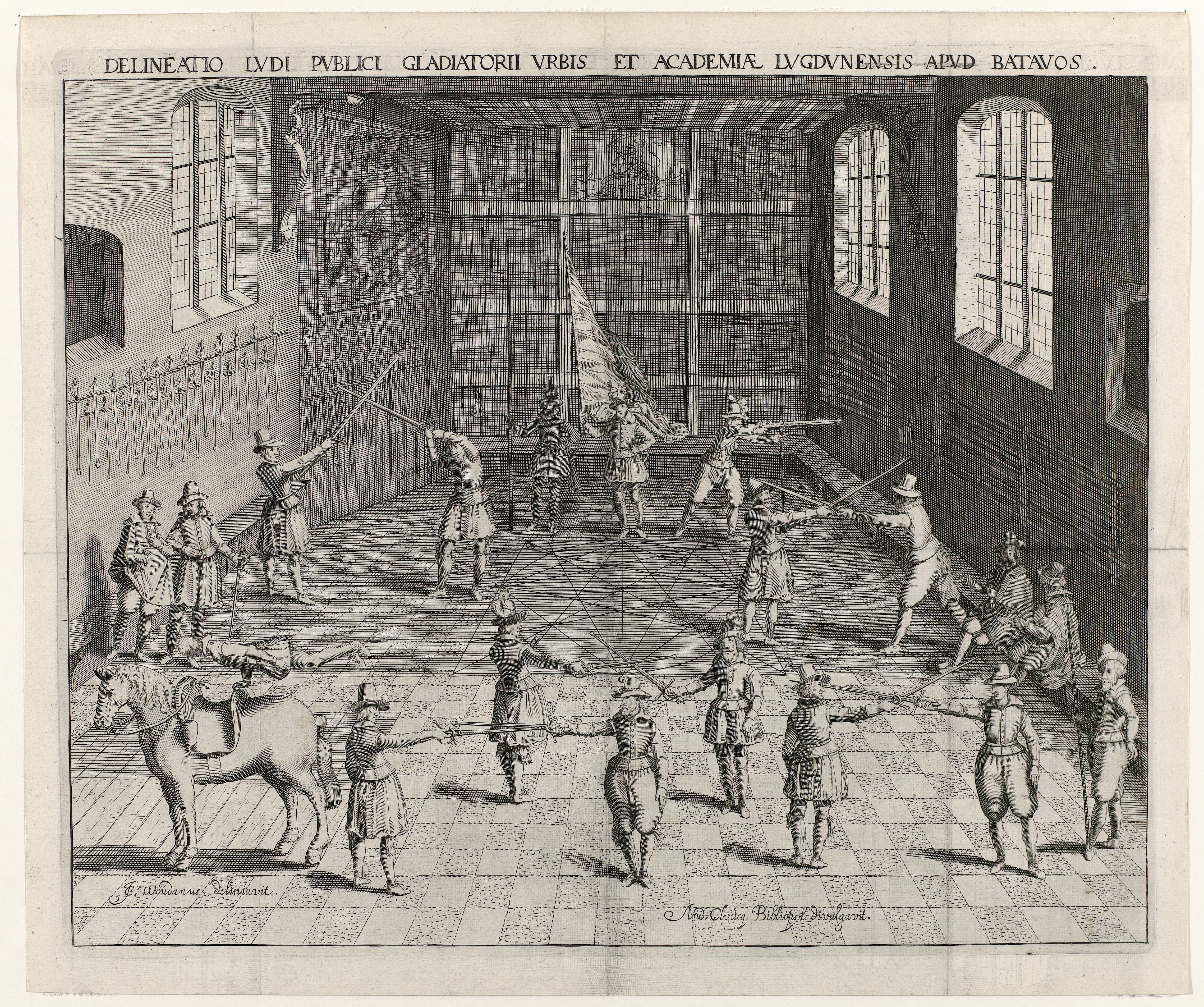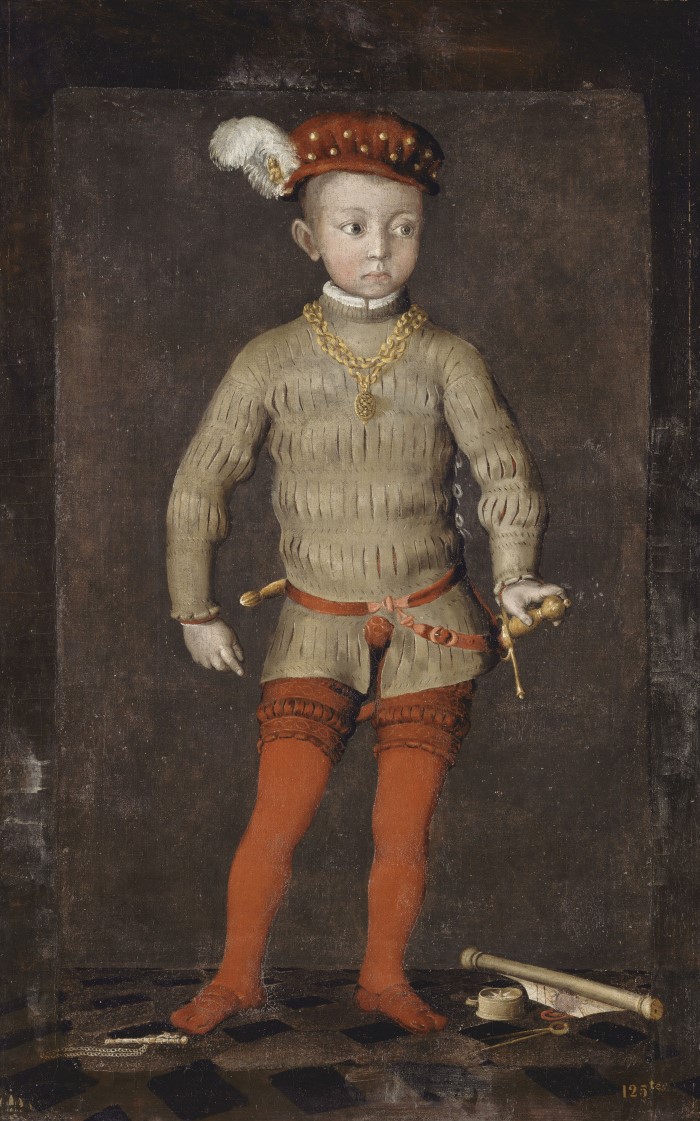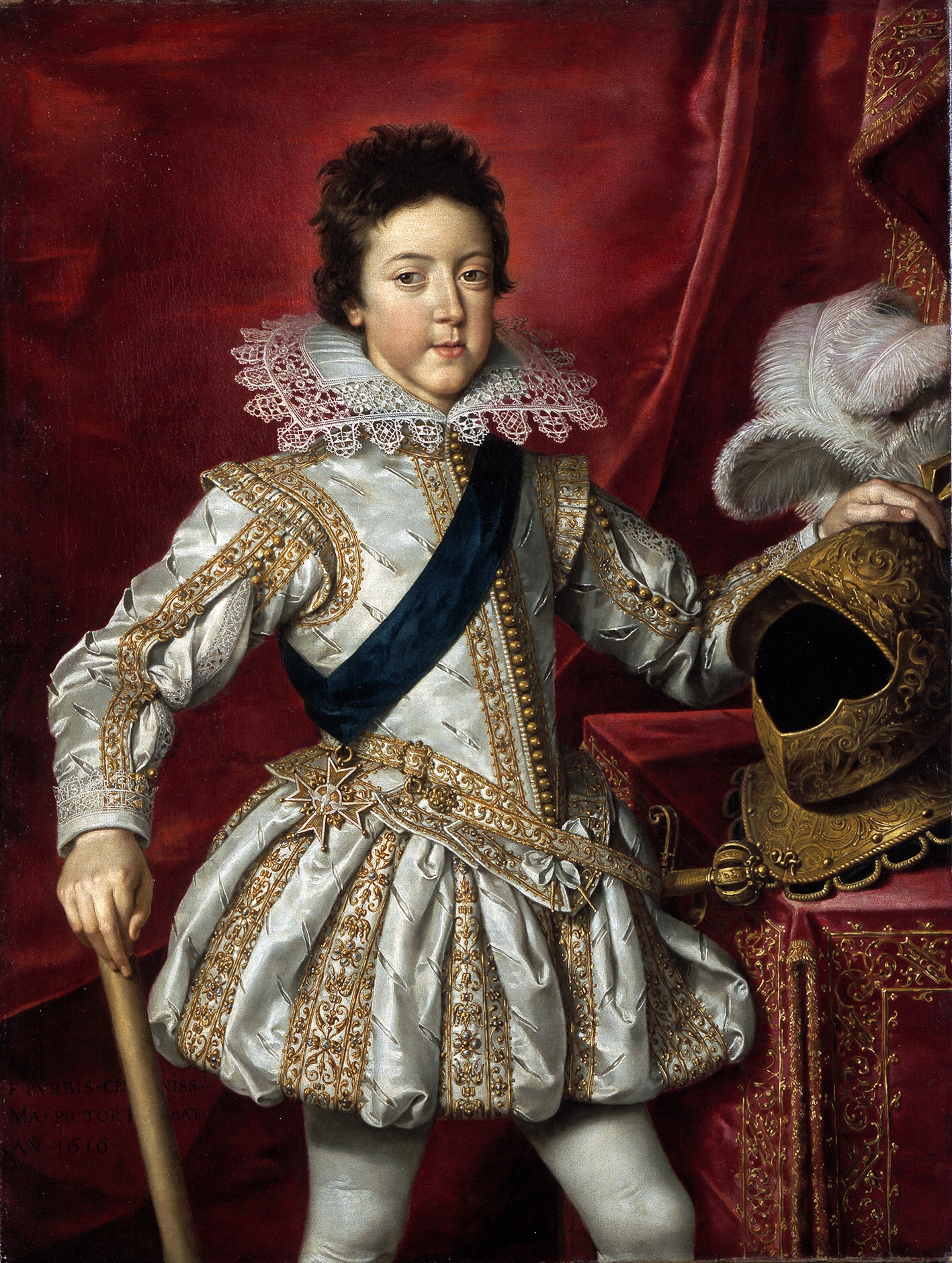|
Girolamo Cavalcabo
Girolamo Cavalcabo (known in France as 'Hieronyme' or 'Hieronymus') was a Bolognese fencing master, teaching in Rome and later Paris in the late sixteenth and early seventeenth centuries. Biography Egerton Castle suggests that his father was Zacharia Cavalcabo, who published Angelo Viggiani’s treatise in 1567; indeed, Castle believes that Viggiani was Hieronyme’s fencing master, though he gives no citation for this claim. At some point, Girolamo travelled to Rome, where he perhaps first came into contact by the ‘Agrippan’ system of guards; Brantôme in his memoirs mentions a "Hiéronime" teaching in Rome. In 1597, Seigneur de Villamont translated Cavalcabo’s manuscript 'Treaty or Instruction for Fencing' into French. Possibly because of this, Cavalcabo was appointed to the court of Henry IV of France to teach the Dauphin (later Louis XIII Louis XIII (; sometimes called the Just; 27 September 1601 – 14 May 1643) was King of France from 1610 until his death i ... [...More Info...] [...Related Items...] OR: [Wikipedia] [Google] [Baidu] |
Bologna, Italy
Bologna ( , , ; ; ) is the capital and largest city of the Emilia-Romagna region in northern Italy. It is the List of cities in Italy, seventh most populous city in Italy, with about 400,000 inhabitants and 150 different nationalities. Its Metropolitan City of Bologna, metropolitan province is home to more than 1 million people. Bologna is most famous for being the home to the List of oldest universities in continuous operation, oldest university in continuous operation,Top Universities ''World University Rankings'' Retrieved 6 January 2010Hunt Janin: "The university in medieval life, 1179–1499", McFarland, 2008, , p. 55f.de Ridder-Symoens, Hilde [...More Info...] [...Related Items...] OR: [Wikipedia] [Google] [Baidu] |
Fencing
Fencing is a combat sport that features sword fighting. It consists of three primary disciplines: Foil (fencing), foil, épée, and Sabre (fencing), sabre (also spelled ''saber''), each with its own blade and set of rules. Most competitive fencers specialise in one of these disciplines. The modern sport gained prominence near the end of the 19th century, evolving from historical European swordsmanship. The Italian school of swordsmanship, Italian school altered the Historical European martial arts, historical European martial art of classical fencing, and the French school of fencing, French school later refined that system. Scoring points in a fencing competition is done by making contact with the opponent with one's sword. The 1904 Olympic Games featured a fourth discipline of fencing known as singlestick, but it was dropped after that year and is not a part of modern fencing. Competitive fencing was one of the first sports to be featured in the Olympics and, along with Athl ... [...More Info...] [...Related Items...] OR: [Wikipedia] [Google] [Baidu] |
Rome, Italy
Rome (Italian language, Italian and , ) is the capital city and most populated (municipality) of Italy. It is also the administrative centre of the Lazio Regions of Italy, region and of the Metropolitan City of Rome. A special named with 2,746,984 residents in , Rome is the list of cities in the European Union by population within city limits, third most populous city in the European Union by population within city limits. The Metropolitan City of Rome Capital, with a population of 4,223,885 residents, is the most populous metropolitan cities of Italy, metropolitan city in Italy. Rome metropolitan area, Its metropolitan area is the third-most populous within Italy. Rome is located in the central-western portion of the Italian Peninsula, within Lazio (Latium), along the shores of the Tiber Valley. Vatican City (the smallest country in the world and headquarters of the worldwide Catholic Church under the governance of the Holy See) is an independent country inside the city boun ... [...More Info...] [...Related Items...] OR: [Wikipedia] [Google] [Baidu] |
Paris, France
Paris () is the Capital city, capital and List of communes in France with over 20,000 inhabitants, largest city of France. With an estimated population of 2,048,472 residents in January 2025 in an area of more than , Paris is the List of cities in the European Union by population within city limits, fourth-most populous city in the European Union and the List of cities proper by population density, 30th most densely populated city in the world in 2022. Since the 17th century, Paris has been one of the world's major centres of finance, diplomacy, commerce, culture, Fashion capital, fashion, and gastronomy. Because of its leading role in the French art, arts and Science and technology in France, sciences and its early adoption of extensive street lighting, Paris became known as the City of Light in the 19th century. The City of Paris is the centre of the Île-de-France region, or Paris Region, with an official estimated population of 12,271,794 inhabitants in January 2023, or ... [...More Info...] [...Related Items...] OR: [Wikipedia] [Google] [Baidu] |
Egerton Castle
__NOTOC__ Egerton Smith Castle F.S.A. (12 March 1858 – 16 September 1920) was an author, antiquarian, and swordsman, and an early practitioner of reconstructed historical fencing, frequently in collaboration with his colleague Captain Alfred Hutton. Castle was the captain of the British épée and sabre teams at the 1908 Summer Olympics. He was born in London into a wealthy family; his maternal grandfather was the publishing magnate and philanthropist Egerton Smith. He was a lieutenant of the Second West India Regiment and afterwards a captain of the Royal Engineers Militia. He was also an expert on bookplates and a keen collector. Egerton Castle co-authored several novels with his wife, Agnes Sweetman Castle. Selected works *''Schools and Masters of Fencing : From the Middle Ages to the Eighteenth Century'', (2005), (2006). (The first edition: G. Bell & Sons, London 1885)"The Baron's Quarry"(short story) *Consequences. London: Richard Bentley and Son. 1891. 3 volume ... [...More Info...] [...Related Items...] OR: [Wikipedia] [Google] [Baidu] |
Obertenghi
The House of Obertenghi were a prominent Italian noble family of Longobard origin descended from Viscount Adalbert III, first Margrave of Milan. History The family held the titles of Marquis of Milan and Genoa, Count of Luni, Tortona, Genoa and Milan and regent of the March that took the family's name in the 10th century, the "Marca Obertenga", which encompassed most of the territories of present-day Northwest Italy and parts of Switzerland. The dynasty is the progenitor of the widely powerful and prestigious House of Este, as well the House of Welf, parent house of the Hanover dynasty. Other cadet lines include two of the most ancient Italian noble families, the House of Malaspina and the House of Pallavicini. Early in 951, Berengar II of Italy finished the reorganisation of the Italian feudal structure begun by his predecessor Hugh. He named three new Margraves to three new territories: Margraviate of Turin, Margraviate of Western Liguria and Margraviate of Eastern Li ... [...More Info...] [...Related Items...] OR: [Wikipedia] [Google] [Baidu] |
Angelo Viggiani
Bolognese Swordsmanship, also sometimes known as the Dardi school, is a tradition within the Italian school of swordsmanship which is based on the surviving fencing treatises published by several 16th century fencing masters of Bologna, As early as the 14th century several fencing masters were living and teaching in the city: a maestro Rosolino in 1338, a maestro Nerio in 1354, and a maestro Francesco in 1385. Overview The Dardi school is named after Lippo Bartolomeo Dardi, a professor of mathematics and astronomy at the University of Bologna, who was licensed as a fencing master and founded a fencing school in Bologna in 1415, just a few years after Fiore dei Liberi had completed his ''Fior di Battaglia''. The Dardi School constituted both the last great medieval Western martial arts tradition as well as the first great Renaissance tradition, embracing both armed and unarmed combat. No manuscript ascribed to Dardi himself survives, although his tradition became the foundation fo ... [...More Info...] [...Related Items...] OR: [Wikipedia] [Google] [Baidu] |
Camillo Agrippa
Camillo Agrippa (1520 – 1 January 1600) was a noted fencing, fencer, architect, engineer and mathematician of the Renaissance. He is considered to be one of the greatest fencing theorists of all time. Biography Though born in Milan, Agrippa lived and worked in Rome, where he was associated with the Confraternity of St. Joseph of the Holy Land and the literary and artistic circle around Cardinal Alessandro Farnese. He is most renowned for applying geometric theory to solve problems in armed combat. In his ''Treatise on the Science of Arms with Philosophical Dialogue'' (published in 1553), he proposed dramatic changes in the way swordsmanship was practised at the time. For instance, he pointed out the effectiveness of holding the sword in front of the body instead of behind it. He also simplified Achille Marozzo's eleven guards down to four: ''prima'', ''seconda'', ''terza'' and ''quarta'', which roughly correspond to the hand positions used today in the Italian school. He is al ... [...More Info...] [...Related Items...] OR: [Wikipedia] [Google] [Baidu] |
Manuscript
A manuscript (abbreviated MS for singular and MSS for plural) was, traditionally, any document written by hand or typewritten, as opposed to mechanically printed or reproduced in some indirect or automated way. More recently, the term has come to be understood to further include ''any'' written, typed, or word-processed copy of an author's work, as distinguished from the rendition as a printed version of the same. Before the arrival of prints, all documents and books were manuscripts. Manuscripts are not defined by their contents, which may combine writing with mathematical calculations, maps, music notation, explanatory figures, or illustrations. Terminology The word "manuscript" derives from the (from , hand and from , to write), and is first recorded in English in 1597. An earlier term in English that shares the meaning of a handwritten document is "hand-writ" (or "handwrit"), which is first attested around 1175 and is now rarely used. The study of the writing ( ... [...More Info...] [...Related Items...] OR: [Wikipedia] [Google] [Baidu] |
French Language
French ( or ) is a Romance languages, Romance language of the Indo-European languages, Indo-European family. Like all other Romance languages, it descended from the Vulgar Latin of the Roman Empire. French evolved from Northern Old Gallo-Romance, a descendant of the Latin spoken in Northern Gaul. Its closest relatives are the other langues d'oïl—languages historically spoken in northern France and in southern Belgium, which French (Francien language, Francien) largely supplanted. It was also substratum (linguistics), influenced by native Celtic languages of Northern Roman Gaul and by the Germanic languages, Germanic Frankish language of the post-Roman Franks, Frankish invaders. As a result of French and Belgian colonialism from the 16th century onward, it was introduced to new territories in the Americas, Africa, and Asia, and numerous French-based creole languages, most notably Haitian Creole, were established. A French-speaking person or nation may be referred to as Fra ... [...More Info...] [...Related Items...] OR: [Wikipedia] [Google] [Baidu] |
Henry IV Of France
Henry IV (; 13 December 1553 – 14 May 1610), also known by the epithets Good King Henry (''le Bon Roi Henri'') or Henry the Great (''Henri le Grand''), was King of Navarre (as Henry III) from 1572 and King of France from 1589 to 1610. He was the first monarch of France from the House of Bourbon, a cadet branch of the Capetian dynasty. He pragmatically balanced the interests of the Catholic and Protestant parties in France, as well as among the European states. He was assassinated in Paris in 1610 by a Catholic zealot, and was succeeded by his son Louis XIII. Henry was baptised a Catholic but raised as a Huguenot in the Protestant faith by his mother, Queen Jeanne III of Navarre. He inherited the throne of Navarre in 1572 on his mother's death. As a Huguenot, Henry was involved in the French Wars of Religion, barely escaping assassination in the St. Bartholomew's Day massacre. He later led Protestant forces against the French royal army. Henry inherited the thro ... [...More Info...] [...Related Items...] OR: [Wikipedia] [Google] [Baidu] |
Louis XIII
Louis XIII (; sometimes called the Just; 27 September 1601 – 14 May 1643) was King of France from 1610 until his death in 1643 and King of Navarre (as Louis II) from 1610 to 1620, when the crown of Navarre was merged with the French crown. Shortly before his ninth birthday, Louis became king of France and Navarre after his father Henry IV was assassinated. His mother, Marie de' Medici, acted as regent during his minority. Mismanagement of the kingdom and ceaseless political intrigues by Marie and her Italian favourites led the young king to take power in 1617 by exiling his mother and executing her followers, including Concino Concini, the most influential Italian at the French court. Louis XIII, taciturn and suspicious, relied heavily on his chief ministers, first Charles d'Albert, duc de Luynes and then Cardinal Richelieu, to govern the Kingdom of France. The King and the Cardinal are remembered for establishing the ''Académie française'', and ending the revolt of ... [...More Info...] [...Related Items...] OR: [Wikipedia] [Google] [Baidu] |







